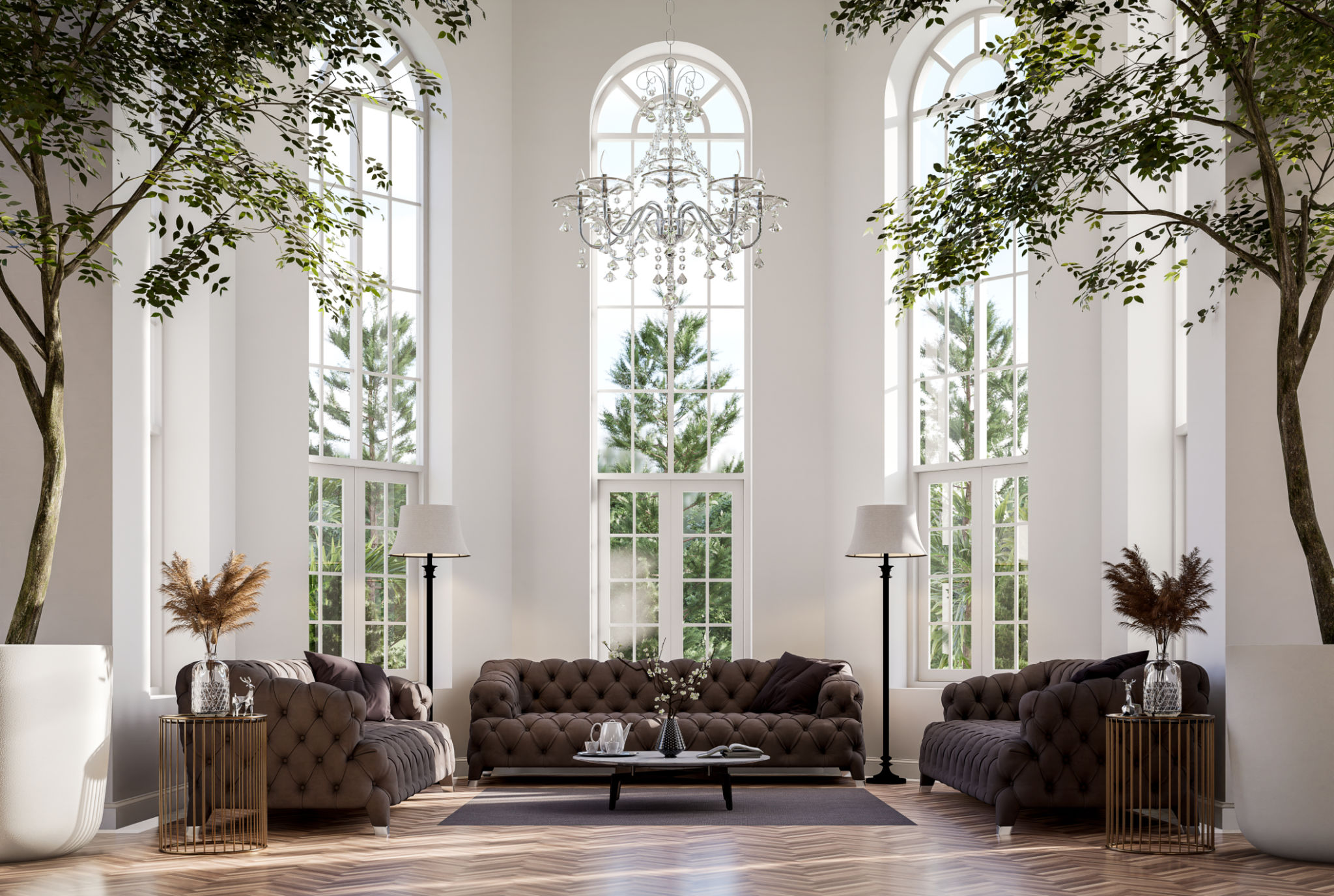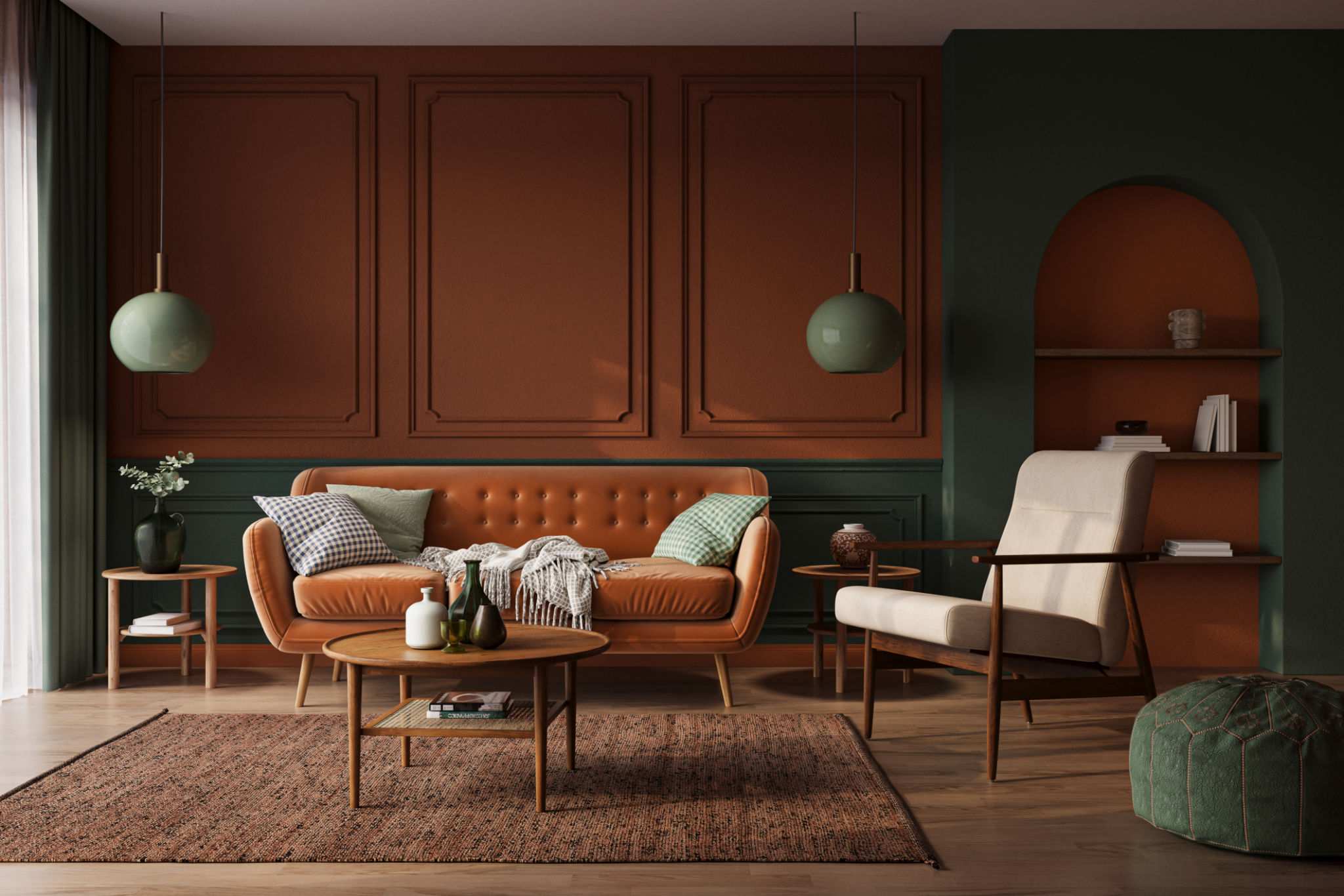Comparing Traditional vs. Contemporary Home Designs: Which is Right for You?
Understanding Traditional Home Designs
Traditional home designs are deeply rooted in history, often reflecting the architectural styles of specific eras and regions. These homes typically emphasize symmetry, rich detailing, and classic materials such as brick, wood, and stone. Common features include gabled roofs, formal living spaces, and detailed moldings. The charm of traditional homes lies in their timeless appeal and the sense of nostalgia they evoke.
One of the main advantages of traditional designs is their warmth and character. These homes frequently include fireplaces, built-in cabinetry, and a variety of textures that add depth and interest. They are particularly appealing to those who appreciate historical aesthetics and craftsmanship.

Contemporary Home Designs: A Modern Approach
Contemporary home designs are characterized by their clean lines, open spaces, and a focus on simplicity and functionality. Unlike traditional styles, contemporary homes often feature large windows, minimalistic decor, and an emphasis on natural light. The use of modern materials such as steel, glass, and concrete is prevalent in these designs.
One of the key benefits of contemporary homes is their adaptability to modern living. They often incorporate eco-friendly elements, smart home technology, and energy-efficient features that cater to contemporary lifestyles. This makes them an attractive option for those who prioritize sustainability and innovation in their living spaces.

Comparing Aesthetics and Functionality
When deciding between traditional and contemporary home designs, aesthetics play a pivotal role. Traditional homes offer a cozy, inviting atmosphere with intricate details that make each room unique. In contrast, contemporary homes provide a sleek, uncluttered look that maximizes space and efficiency.
Functionality is another critical consideration. Traditional homes may include more compartmentalized rooms, ideal for those who prefer distinct spaces for different activities. Contemporary designs often embrace open floor plans that facilitate seamless transitions between areas, perfect for entertaining and family gatherings.

Evaluating Lifestyle Needs
Your lifestyle can significantly influence your choice between traditional and contemporary home designs. If you value history, craftsmanship, and a connection to the past, a traditional home might align with your preferences. Alternatively, if you seek a home that reflects modern trends and supports a dynamic lifestyle, contemporary design could be more suitable.
Consider factors such as your entertaining style, family dynamics, and personal tastes when making your decision. Both styles offer unique advantages that can enrich your living experience in different ways.
Budget Considerations
Budget is often a determining factor when choosing a home design. Traditional homes may require more investment in upkeep due to their intricate detailing and use of classic materials. However, they can also offer enduring value due to their timeless appeal.
Contemporary homes may involve higher upfront costs due to modern materials and technologies but can result in savings over time through energy efficiency and low maintenance requirements. Weighing these financial aspects can help you make an informed decision that aligns with your long-term goals.
Conclusion: Making Your Choice
Ultimately, the decision between traditional and contemporary home designs comes down to personal preference, lifestyle needs, and budget considerations. Both styles have their unique strengths and can provide a beautiful and functional living space.
Reflect on what aspects are most important to you—be it the charm of historical architecture or the allure of modern conveniences—and choose the design that resonates with your vision of home.
